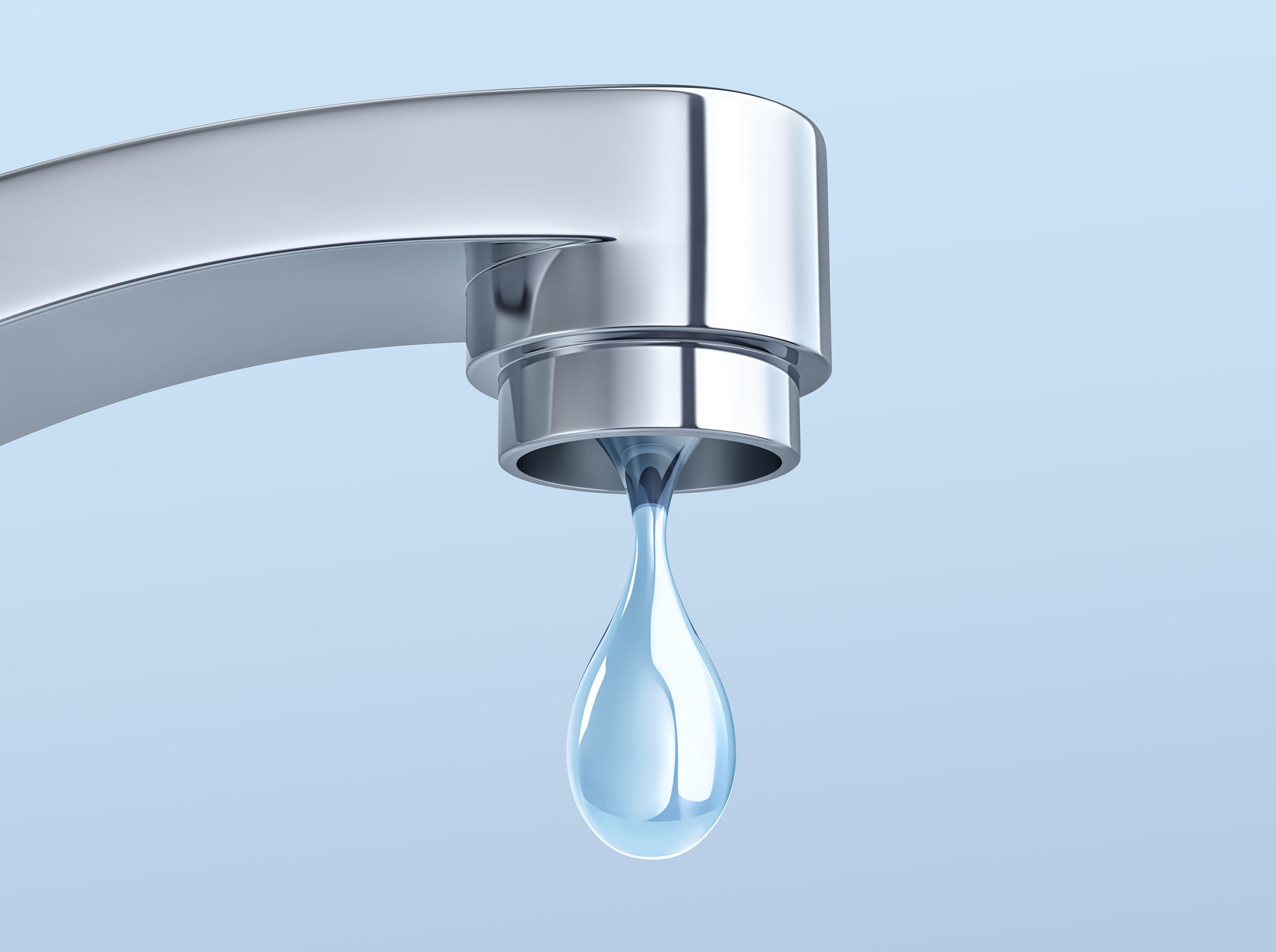Expert Insights: Innovations in Floating Covers for the Mining Industry
Introduction to Floating Covers in Mining
In the mining industry, effective water management is crucial for both operational efficiency and environmental protection. One of the most innovative solutions emerging in this field is the use of floating covers. These covers are designed to minimize water evaporation, prevent contamination, and improve the overall sustainability of mining operations.
Floating covers are versatile and can be adapted to various types of containment areas, including ponds, reservoirs, and tailing storage facilities. As the mining industry continues to evolve, the demand for advanced technologies like floating covers is on the rise.

Technological Advancements in Floating Covers
Material Innovations
Recent advancements in materials have significantly enhanced the performance of floating covers. Modern covers are made from high-density polyethylene (HDPE) or ethylene propylene diene monomer (EPDM), which offer superior durability and resistance to environmental stressors. These materials are also UV-resistant, ensuring longevity even in harsh climates.
Design Improvements
Innovative design features, such as modularity and ease of installation, have made floating covers more accessible for mining operations. The modular design allows for easy expansion or reduction of coverage area, ensuring flexibility as operational needs change.

Applications of Floating Covers in Mining
Floating covers are used in various applications within the mining sector. They play a critical role in reducing water loss through evaporation, which is particularly important in arid regions where water resources are scarce. Additionally, they help to prevent the contamination of water bodies by keeping out dust, debris, and wildlife.
Another significant application is in odor control. By covering ponds and reservoirs that store potentially odorous substances, floating covers help to mitigate the impact on surrounding communities and improve the working environment for employees.

Environmental Benefits
The adoption of floating covers offers numerous environmental benefits. By minimizing water loss and preventing contamination, these covers contribute to more sustainable water management practices in mining operations. This is particularly important as industries face increasing pressure to reduce their environmental footprint.
Moreover, floating covers can assist in maintaining the ecological balance by protecting local wildlife from hazardous mining by-products. This aligns with global efforts to promote biodiversity and environmental stewardship.
Challenges and Considerations
Despite their advantages, implementing floating covers comes with certain challenges. The initial investment can be substantial, and companies must consider the long-term benefits versus the upfront costs. Additionally, selecting the right type of cover for specific site conditions requires careful planning and expert insights.
Operational challenges such as maintenance and monitoring also need attention. Regular inspections are necessary to ensure the integrity of the covers and to address any potential damage or wear promptly.
The Future of Floating Covers in Mining
As the mining industry continues to embrace sustainability, the use of floating covers is expected to grow. Ongoing research and development will likely lead to further innovations in cover materials and designs, making them even more efficient and cost-effective.
Collaboration between mining companies and environmental experts will be key in optimizing the use of floating covers, ensuring they meet both operational needs and environmental standards. As these partnerships strengthen, we can expect to see more widespread adoption of this technology across the globe.
